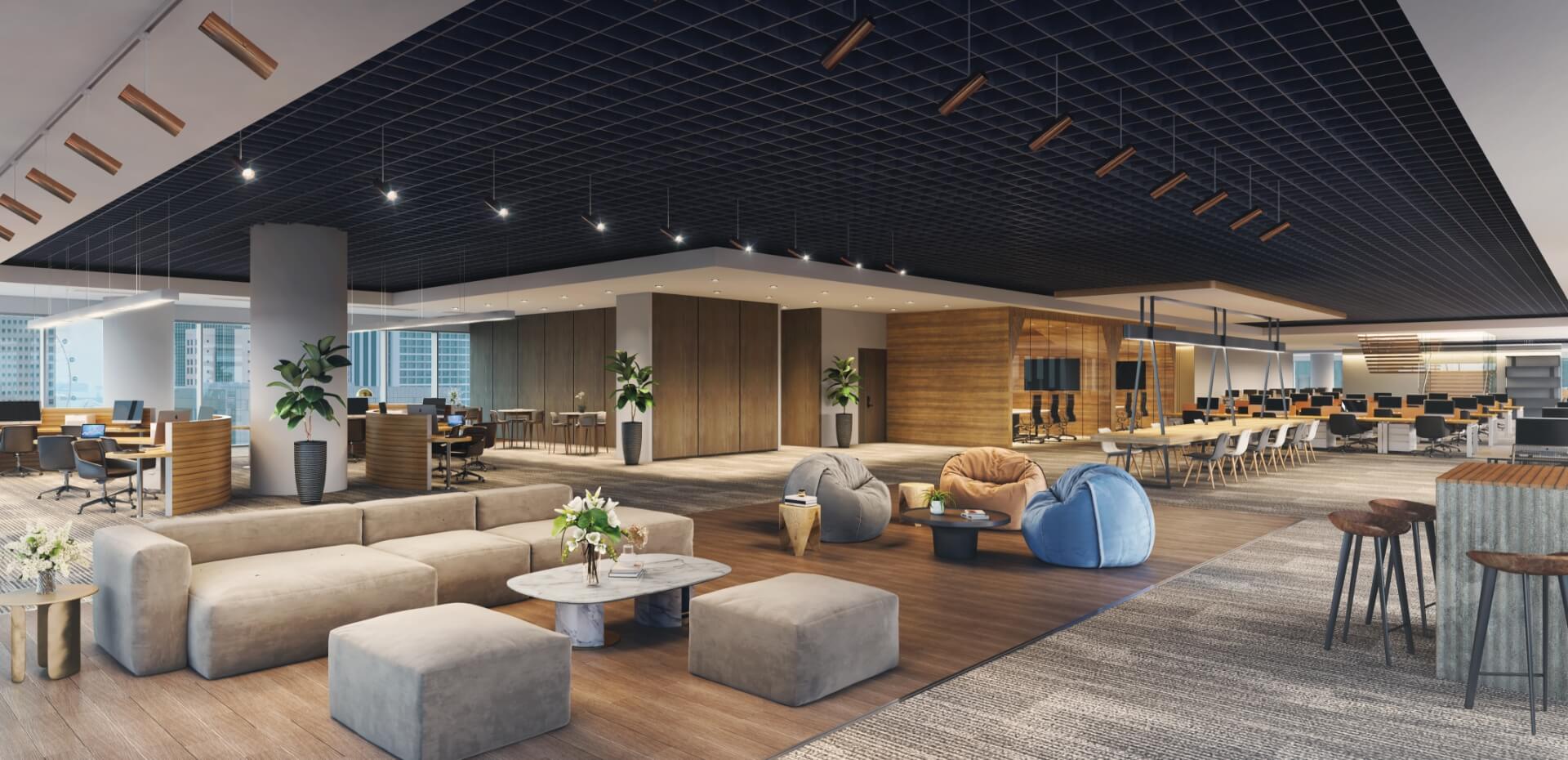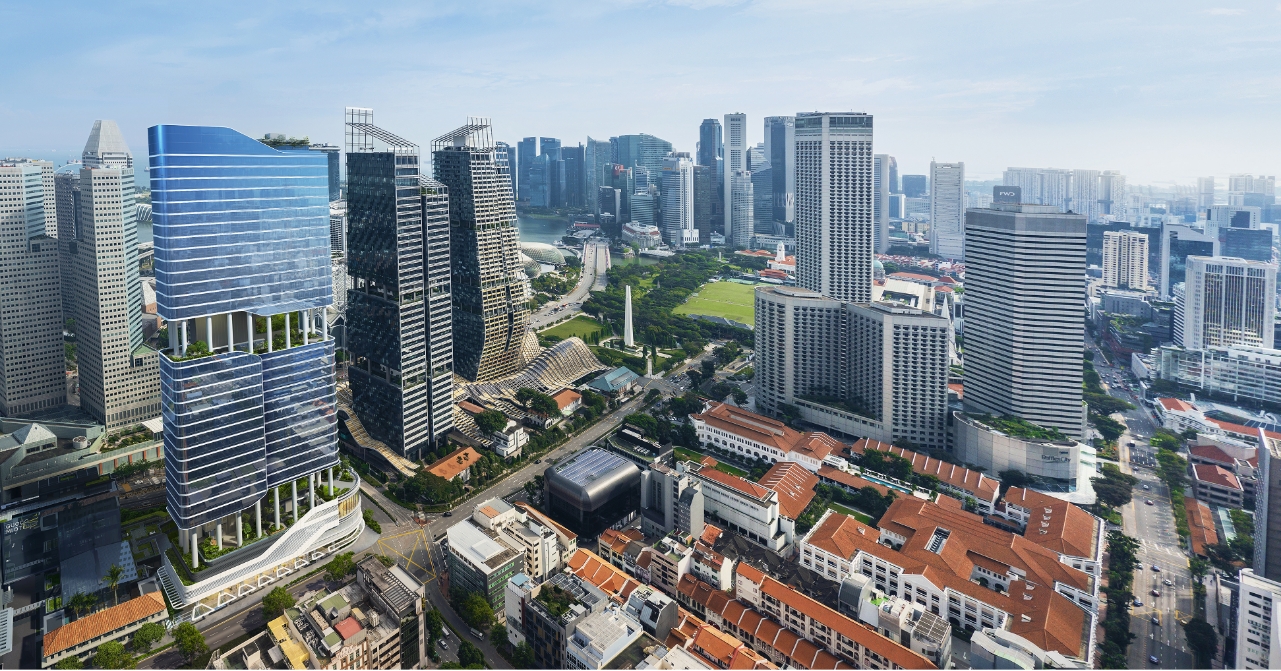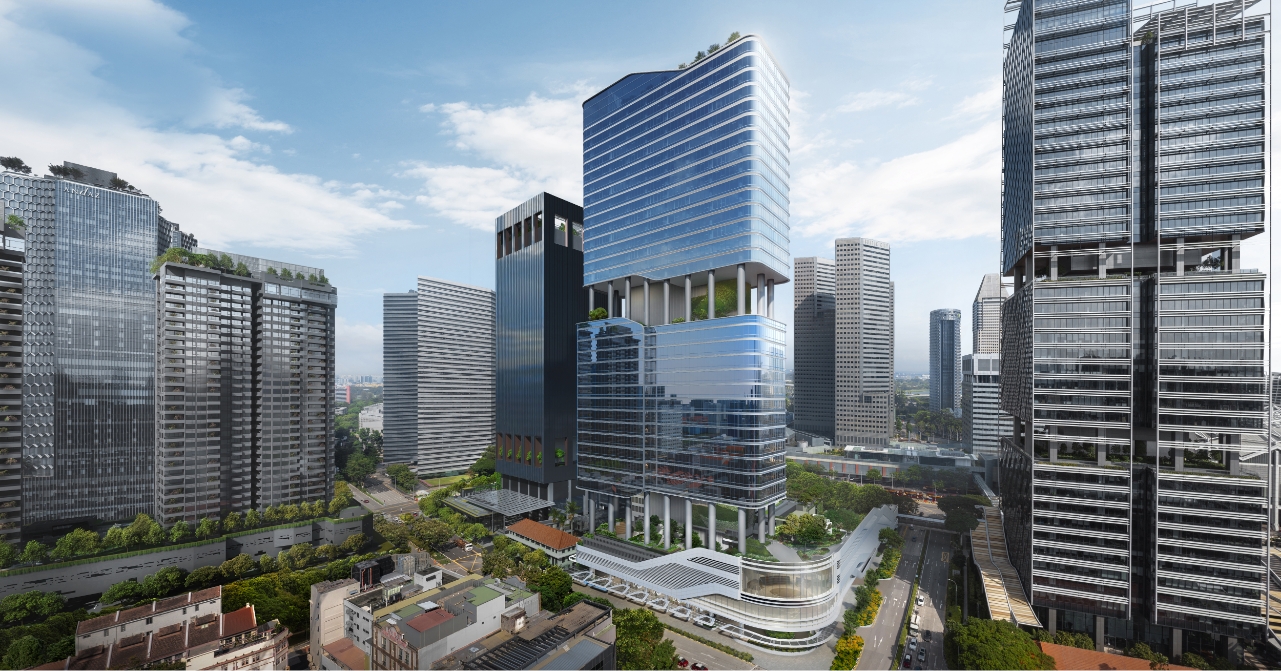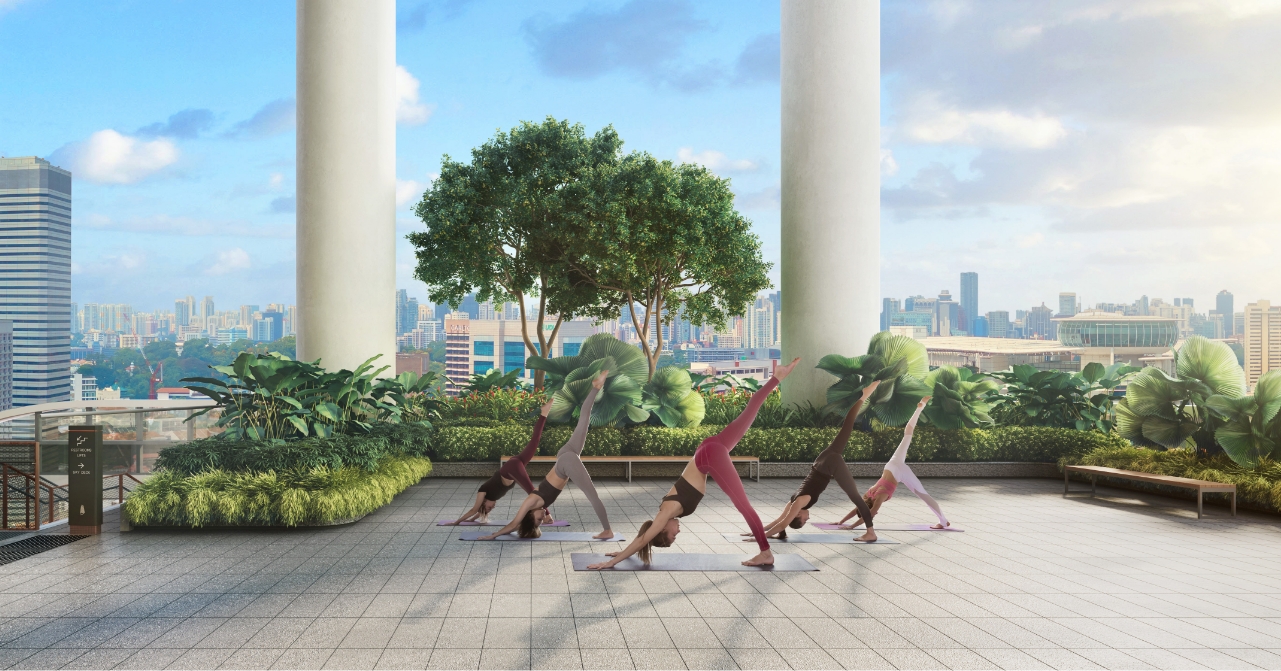What Is a Grade A Building?
Difference Between Grade A vs Standard Building
When it comes to finding the right office space in Singapore, businesses have the option of choosing between Grade A buildings and standard office buildings. Understanding the distinction between Grade A and standard buildings is not only important for companies to make informed decisions for their workspace, but also to select one that perfectly meets operational needs. If you’re in the market for a new office space, here’s what you need to know about Grade A buildings in Singapore.
What Is A grade a office In Singapore?
Grade A is the highest classification for commercial buildings in the real estate industry. As expected of the highest tier, Grade A office buildings offer a premium experience, featuring a prime location in business centres, high-end office finishes, comprehensive building management support, and high energy ratings.
According to CBRE Research, Grade A offices include a modern, flexible layout and floor plates above 18,000 square feet. Grade A building sizes are above 300,000 sq ft and come with a host of features from underground parking to separate zoned lift services for passengers and goods delivery.
The official classification of Grade A buildings also mentions the inclusion of high technical specifications, such as raised floors and 24-hour air conditioning, and comprehensive building services like security, CCTV, and professional building management. Grade A buildings are also conveniently located close to public transport connections for easy access.
The high level of service and flexible office spaces offered by a Grade A building are ideal for multinational corporations, financial institutions, and large tech firms, who form a large proportion of the building’s tenants.
Grade A office buildings offer both functional and strategic appeal for businesses – Grade A buildings are equipped with automated, energy-efficient technology, security systems, HVAC systems, and network infrastructure.
Choosing a Grade A building also can establish a business’s corporate strategy by contributing to its branding, employee retention, and Environmental, Social, and Governance (ESG) goals.
Well-known Grade A office buildings in Singapore include the most recent Guoco Midtown, and IOI Central Boulevard. Upcoming Grade A office buildings include Shaw Tower, which is currently undergoing redevelopment into a Grade A commercial building with a focus on sustainability and wellness (slated for completion in 2026).
Differences BetweenGrade A, B, & C Buildings
In Singapore, the commercial leasing industry uses a grading system to classify office buildings based on location, quality, design, and amenities. Under this grading system, office buildings are classified into Grade A, B, and C.
Grade A buildings are the most prestigious and offer excellent location, design, and a wide range of amenities. Grade B and C buildings refer to standard office buildings that are smaller, less conveniently located, and only offer basic services.
Grade A buildings are well-maintained and show few signs of wear and tear. In most cases, a Grade A building will either be new or have been recently refurbished to provide tenants with contemporary-styled offices and facilities. Older office buildings (10+ years) can still be considered Grade A if they have been well-maintained or consistently upgraded with top-of the-line facilities.
Standard office buildings are typically between 10 to 20 years old, although some can be over 20 years old. The difference with a standard office building is that the space and facilities have not been kept up to date with modern standards and may be in need of renovation to suit prospectives’ or existing tenants’ needs.
Grade A buildings are usually located in prime locations and have excellent connectivity – most commonly the CBD, but also in other commercial centres such as business parks. The building’s prime location provides easy connectivity for tenants and staff, as well as proximity to other business partners.
Standard buildings are usually located outside the city’s main business districts, and are generally less convenient to access via public transport.
Grade A buildings are designed to support the evolving infrastructure needs of tenants, such as built-in ports for network connectivity. In addition to modern building designs, Grade A buildings also feature larger floor plans exceeding 18,000 square feet to support more flexible layouts for tenants.
Standard buildings feature basic office designs that, while serviceable, are often smaller and have lower-grade specifications, such as less agile digital infrastructure. These basic office designs are not ideal for hosting high-profile tenants with larger teams.
Grade A buildings are equipped with high-end facilities that commonly include a concierge with security gates, CCTV, underground parking, indoor food courts, fibre optic cables for high-speed internet connections, and zoned lifts. These facilities enhance the convenience of tenants and offer a range of benefits that streamline daily operations. Grade A buildings are also supported by dedicated building management services that ensure the upkeep of the facilities.
Standard buildings typically offer basic amenities, often lacking in security infrastructure, on-site parking, and building maintenance support. This makes Grade B and C office buildings unsuitable for hosting large teams and businesses that work with sensitive data.
Office spaces in Grade A buildings are highly-demanded and fetch higher rental prices than standard buildings. According to Corporate Locations Singapore, rental prices for Grade A office spaces range from $12.00 to $14.50 per square foot, which is 20-40% higher than the rental prices for standard buildings, at $7.75 to $9.00 per square foot.
Sustainability is usually a core part of a large business’s corporate strategy. Apart from reducing energy costs through the use of smart technology, energy-efficient lighting, and high-performance HVAC systems, a sustainably designed Grade A building can help businesses meet their ESG targets to access green loans, sustainability-linked bonds, and ESG-aligned investment funds tied to performance benchmarks. Standard buildings, on the other hand, are not built with sustainability in mind and do not have energy-efficient features that can reduce operational costs for businesses.
Grade A buildings are equipped with smart technology, such as automated building management systems and IoT (Internet of Things) infrastructure, which provides an optimal operating environment for tenants. From movement sensor-based lighting to data collection, the high level of technology in Grade A buildings supports the day-to-day performance of workplaces.
Grade B and C buildings lack the same level of technology, and usually have minimal smart technology integrations in office spaces.
How To choose a Grade A office space
Grade A office spaces are ideal for large established corporations and growing businesses looking to position themselves in the global market.
While commercial leasing services will provide a range of options for Grade A office spaces, it’s important for businesses to keep the following in mind when choosing the right space:
- Look for building certifications like BCA Green Mark, LEED, BREEAM, and Green Star as proof of sustainable design.
- The location of the Grade A building should be well-connected to local transport systems.
- In addition to ample work spaces, Grade A buildings should also have intentionally designed spaces that promote physical and mental well-being, such as open areas with natural light.
- The Grade A building must be equipped with high-quality facilities, including concierge services, zoned lift systems, energy-efficient HVAC systems, and security.
- Grade A office spaces with high ceilings, flexible layouts, and larger floor plans can accommodate bigger teams.
As the commercial real estate landscape in Singapore becomes increasingly crowded, the demand for sustainably designed Grade A office buildings has become a point of focus in the industry. In the Real Estate Envelope – Sustainable Development in Real Estate fireside chat on 17 March 2025, Alfred Yeung, General Manager of Shaw Towers Realty, shared his expertise on sustainable development in relation to the redevelopment of Shaw Tower in Singapore.
In the chat, Alfred shared that the increased availability of green building loans and sustainability-linked bonds is making Grade A sustainable building projects more viable, opening up future opportunities for businesses seeking Grade A office spaces. Alfred also noted the opportunity for a beneficial alignment between landlords and tenants on energy efficiency and ESG targets.
When designing Shaw Tower as a Grade A building, Alfred shared that it is important to consider the social and environmental returns of the project alongside traditional financial metrics. He also emphasized that sustainable urban planning must address physical wellbeing through amenities, transport connectivity and efficient infrastructure, as well as mental wellbeing by creating community-focused spaces.
The redevelopment of Shaw Tower has illustrated this through the inclusion of community-focused spaces designed to promote occupants’ physical and mental well-being, such as an interactive heritage hub that celebrates its local history.
Shaw Tower is also the first building in Singapore to receive the Building and Construction Authority (BCA)‘s Green Mark Platinum (Super Low Energy) award under the new 2021 criteria.
Shaw Tower is a Grade A building undergoing redevelopment into a sustainable green building, and is slated for completion in 2026. If you are looking for a Grade A office space that offers optimal support for your business operations in the long term, reach out to us to find out more about the opportunities for tenancy in Shaw Tower.



